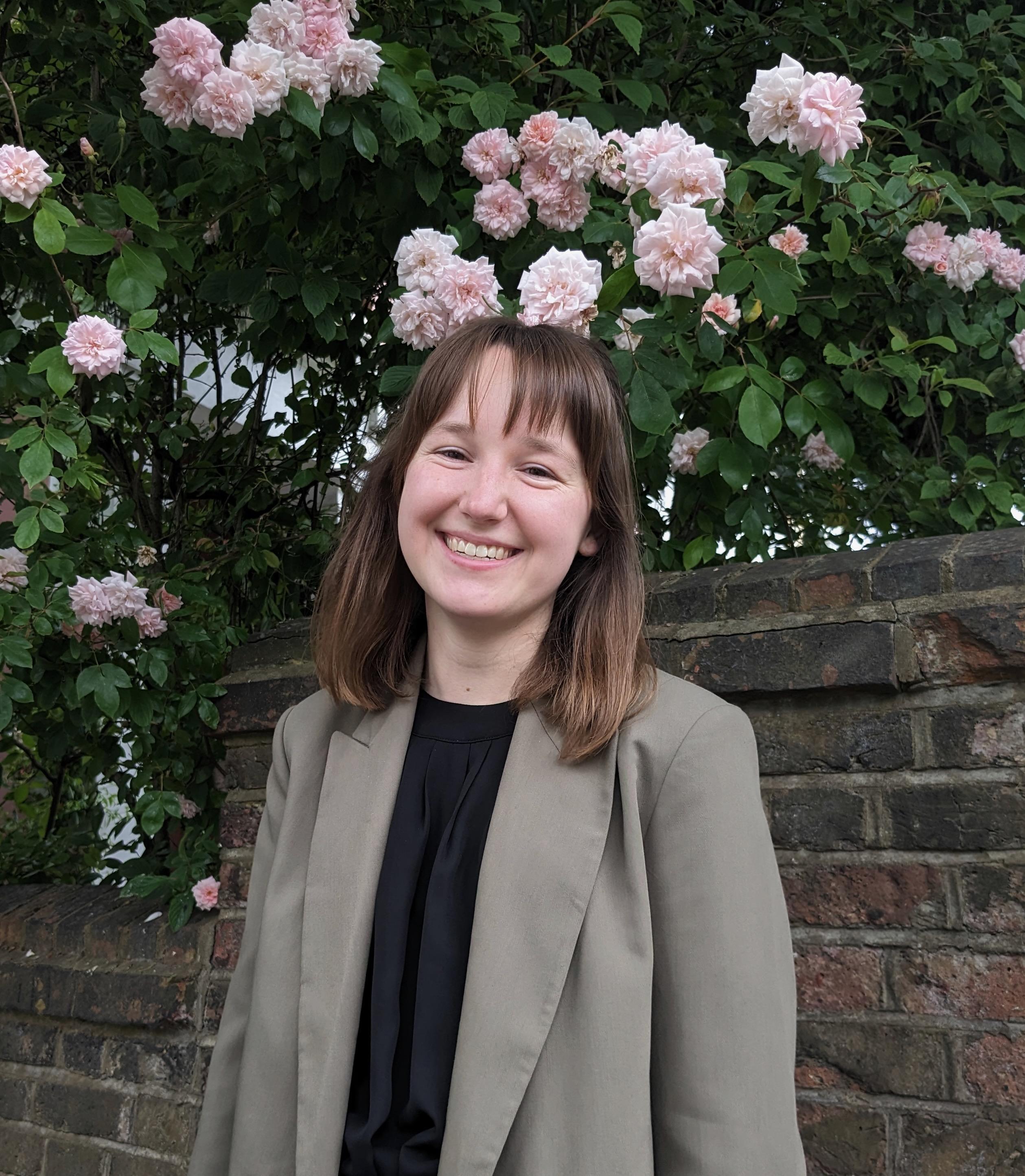Emma Olson

My dissertation, supervised by John Arnold, explores the role of sound, music and speech in interreligious encounters in the thirteenth-fourteenth century Crown of Aragon at a time when Christian rulers were working to expand and solidify their control over multi-ethnic, multi-religious populations with a long and complicated history of sharing their cities. I locate and analyse examples of "sonic violence": opportunities to weaponise sound, but also productive moments of intense interaction, communication, and interfaith exchange. I trace sonic violence through the themes of warfare, feud, spiritual violence, dominance, and disorder. Ultimately, I hope to understand the role of sound in the performance of power, difference, and faith in this culturally rich but indeterminate and contested region. This project draws upon my background as a professional musician (I received a BM in Music Performance from the University of Illinois Urbana-Champaign) and my commitment to interdisciplinary medieval scholarship, begun in an MA in Medieval Studies from Yale University.
My research is generously supported by the Woolf Institute Cambridge PhD Scholarship and Trinity College.
sound studies, music, performance, interfaith, medieval Mediterranean, violence and its resolution
"Sonic Violence on the Medieval Baltic Frontier: Sounds of Crusade in the Chronicle of Henry of Livonia" (Sewanee Medieval Colloquium, March 2023)
"Bodies, Breath, and Bagpipes: Medieval Representations of Sound and Spiritus," (Harvard-Yale Graduate Conference in Medieval History, April 2022)
Contact
Tags & Themes
Key publications
Emma W. Olson, "Medieval Sonic Violence on the Baltic Frontier: Sounds of Crusade in the Chronicle of Henry of Livonia", Resonance: The Journal of Sound and Culture (2024): 19-44. https://doi.org/10.1525/res.2024.5.1.19
Emma W. Olson, "Margery Kempe as Mankind: Scripted Devotion and East Anglian Performance Culture", Journal of Medieval and Early Modern Studies 53, no. 2 (2023): 323-345. https://doi.org/10.1215/10829636-10416628
